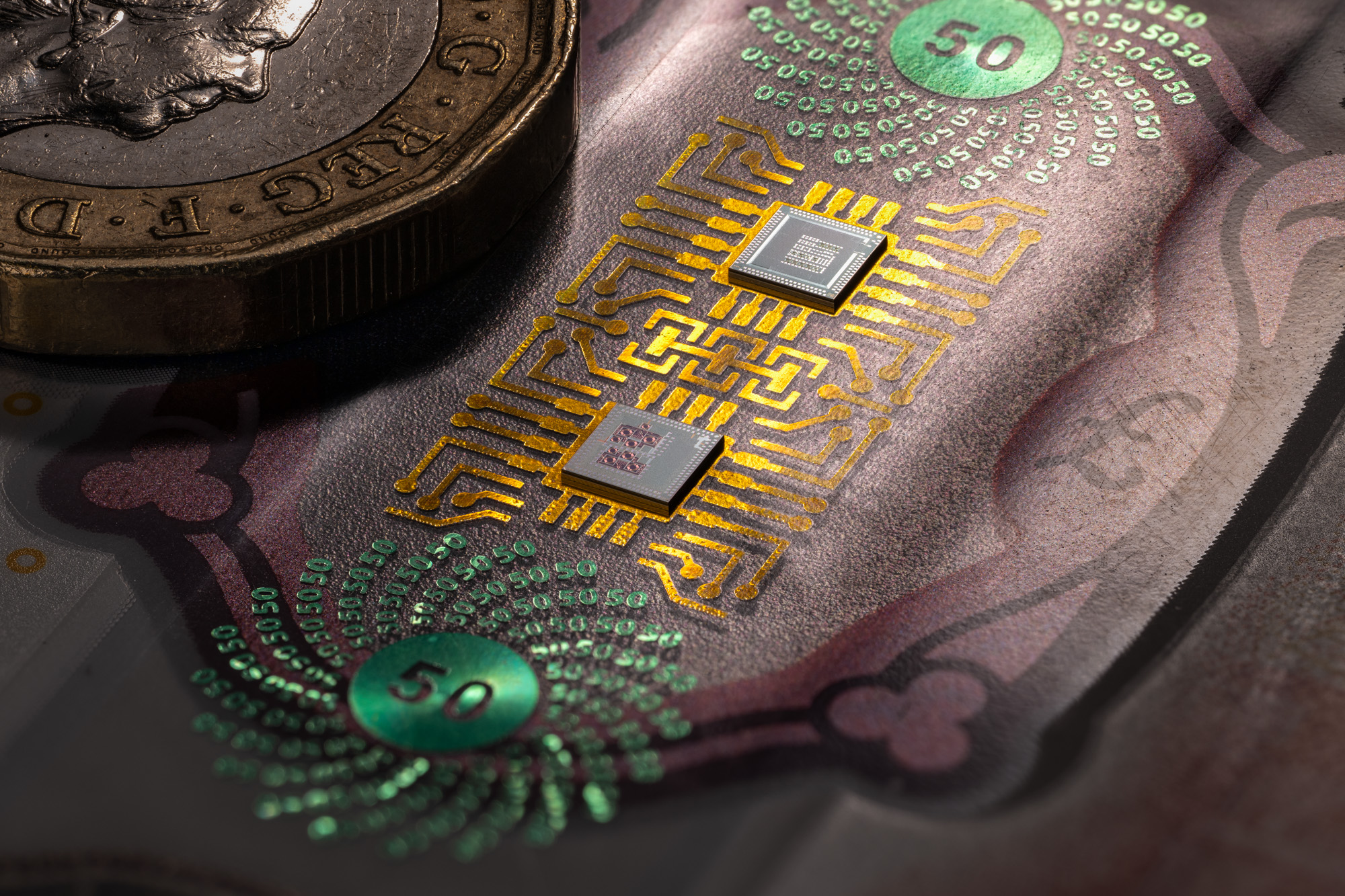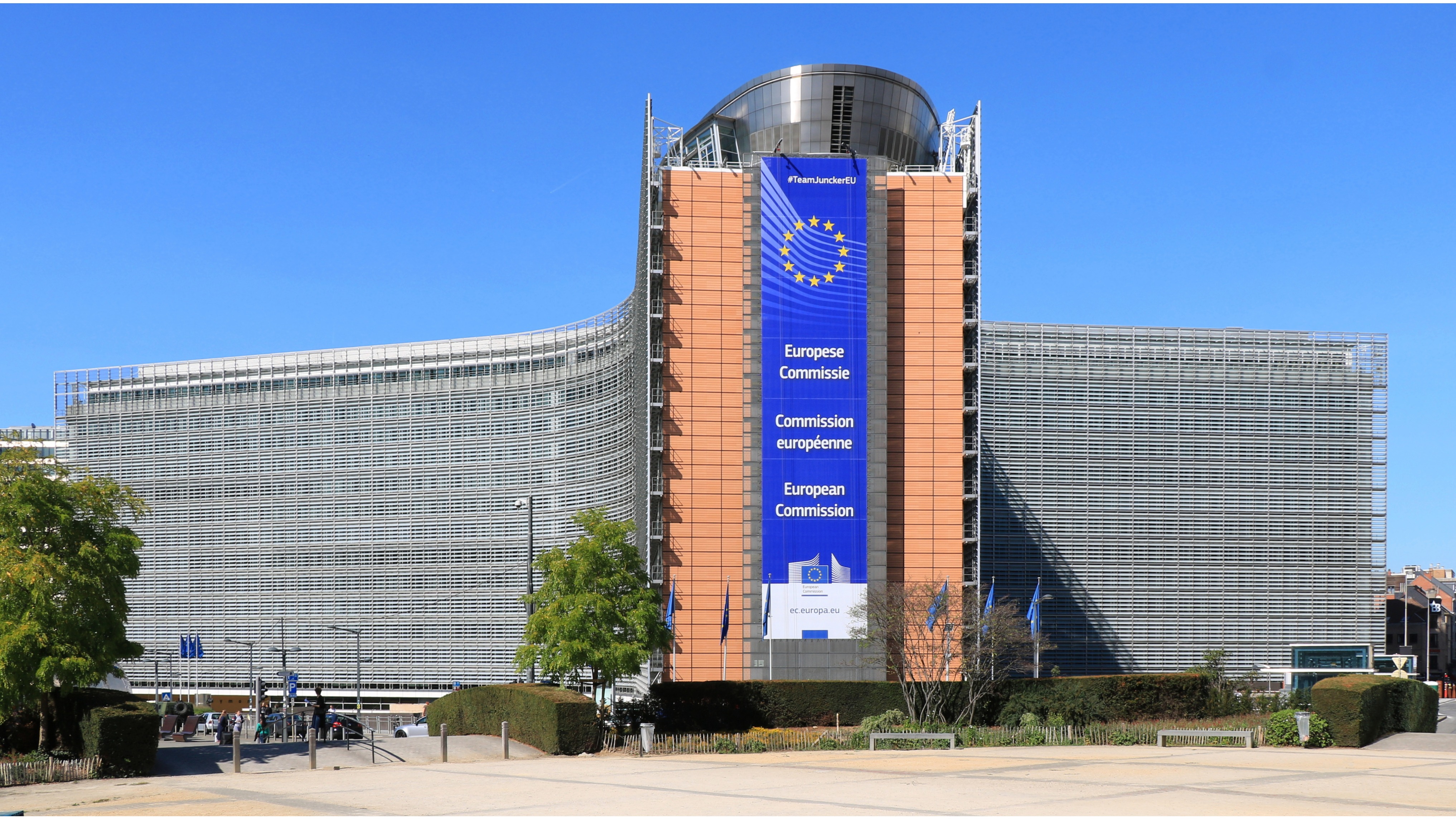Manchester Airport will become the first UK international airport to adopt a hybrid digital control tower as part of its digital transformation.
In partnership with National Air Traffic Services (NATS) and technology company Searidge Technolgies, the airport will deploy operational grade, ultra-high-definition panoramic cameras to help its air traffic controllers manage ground operations.
The controllers will use the live footage from these cameras, which are augmented in real-time with radar data and overlays, to manage aircraft movements around the airport’s Terminal 2 extensions.
The technology will cover 28 parking stands and four taxi-lanes from two panoramic arrays of 4K cameras.
The system will also use an AI tool called Aimee, which can automatically monitor the turnaround process for aircraft parked on stands around the airport.
Manchester Airport said the technology will optimise its service by improving capacity and on time performance.
It is set to be rolled out by the end of 2026.
“Improving airfield efficiency is a key driver in our £1.3 billion transformation programme which will help us unlock Manchester Airport’s full potential and deliver real benefits to people in the North,” said Gary Renault, head of airfield operations at Manchester Airport. “This system will decrease delays and help us operate more flights – meaning greater choice, value and flexibility for our passengers.”
Latest News
-
Reddit ‘challenges Australia’s under 16s ban’ with lawsuit
-
BBVA expands ChatGPT to 120,000 employees
-
BIS and Central banks test post-quantum cryptography in payments
-
UK government launches new MedTech qualifications to fight skills gap
-
UK scientists get priority access to advanced AI through Google DeepMind lab
-
Uber Eats rolls out robot couriers in Leeds
The future-ready CFO: Driving strategic growth and innovation
This National Technology News webinar sponsored by Sage will explore how CFOs can leverage their unique blend of financial acumen, technological savvy, and strategic mindset to foster cross-functional collaboration and shape overall company direction. Attendees will gain insights into breaking down operational silos, aligning goals across departments like IT, operations, HR, and marketing, and utilising technology to enable real-time data sharing and visibility.
The corporate roadmap to payment excellence: Keeping pace with emerging trends to maximise growth opportunities
In today's rapidly evolving finance and accounting landscape, one of the biggest challenges organisations face is attracting and retaining top talent. As automation and AI revolutionise the profession, finance teams require new skillsets centred on analysis, collaboration, and strategic thinking to drive sustainable competitive advantage.
© 2019 Perspective Publishing Privacy & Cookies




.jpg)







Recent Stories